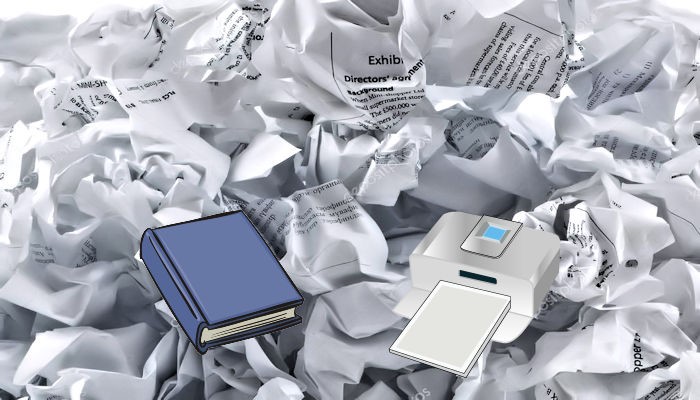 With the excuse that the latest 2015 revision of ISO 9001 no longer speaks of "documents," many organizations, even certified ones, have questioned how they should deal with this new situation, failing to consider that the standard obviously does not prevent them from deliberately considering what information the organization needs.
With the excuse that the latest 2015 revision of ISO 9001 no longer speaks of "documents," many organizations, even certified ones, have questioned how they should deal with this new situation, failing to consider that the standard obviously does not prevent them from deliberately considering what information the organization needs.
Documenting only what the standard requires you to document is, after all, a bit like throwing your quality manual out the window just because it is no longer required by ISO 9001:2015. Not a very smart choice, would you agree?
If we stop for a moment to reflect, it is not at all intended that the standard dictate what organizations should do. Its task, on the contrary, is to establish criteria by which an organization can demonstrate that it can consistently provide customers with products and services of the required quality.
The key word here is "consistently" because, unless the organization is a machine, it is highly unlikely that people will do things exactly right in the complete absence of reliable communication processes.
One of the problems that emerged with previous versions of ISO 9001 was the considerable emphasis on documentation. Because organizations were required to produce documented procedures, they wrote a great many, often without even stopping to think about the message they really wanted to convey.
The 2015 version of the standard is very different from previous ones as it stipulates that the documentation to be produced is what the organization deems necessary for the effectiveness of its quality management system.
This gives organizations the flexibility to decide what documentation they need and to no longer produce documentation simply because it is a requirement of the standard. Given all of this, it is true, however, that in the 2015 version there are still 33 requirements relating to documented information, three more than the 30 requirements relating to documents and records in the 2008 version. Greater freedom of choice, therefore, but with some inevitable constraints that are nothing more than applied common sense.
Section 7.5.1a of the standard refers to specific documented information that must be available, managed, or retained. This is documented information that must be retained without being altered so, when necessary, as to allow access and use on an ongoing basis.
Almost all of the documentation requirements of the 2008 version of ISO 9001 have been carried over to the 2015 version with the following exceptions:
- it is no longer necessary to document the quality management system;
- a quality manual is no longer necessary;
- the procedures required in the old document are no longer necessary;
- records relating to the competence of persons are now required instead of records of completed education, training, and acquired skills and experience;
- records of the validity of previous results of measurement activities are no longer required;
- records of the results of preventive actions taken are no longer required.
Although the listed documents are no longer required by ISO 9001:2015 certification, this does not mean - obviously - that they are no longer necessary for the effectiveness of an organization's quality system. As always, the final decision rests with the individual organizations.
To demonstrate that the requirement has been met by an organization that wants to obtain certification, it will be sufficient to demonstrate that accurate descriptions exist for the processes included in the quality system and their interfaces with the external environment, and to show where this information is located and how it is retained over time.


